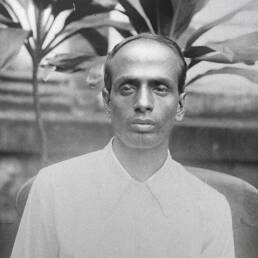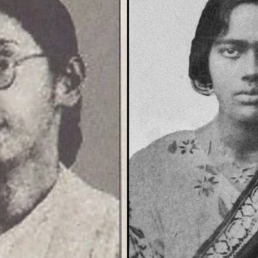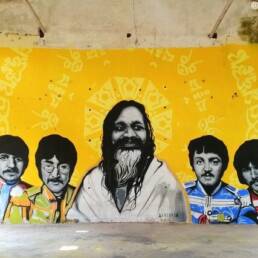What will you do if a wizard sends you on an all-expenses paid world tour? James Ricalton was granted a similar wish. Let’s find out more about this teacher who travelled the world and why his travelogues are of interest to travel-obsessed Indians.
James Ricalton had been a school headmaster for close to 20 years when in 1888 when he was summoned by the wizard of Menlo Park. Thomas Edison had already invented the electric light bulb but was still tweaking it to optimum efficiency.
To achieve this he required a certain species of bamboo which could only be found in tropical countries. His previous attempts to send expeditions to South America had all been in vain. He was now counting on Ricalton to travel to the Orient.
This was an offer Ricalton couldn’t refuse. Immediately, he set forth to familiarise himself with the maps of the tropical terrain and the mighty tributaries of the Ganga, Brahmaputra and the Irrawaddy rivers, which he planned on exploring in search of the king of grasses.
Feeling adequately prepared, Ricalton sailed to Ceylon via England and the Suez canal. He struck gold almost immediately when Ceylon’s tropical climate provided him with one of the desired bamboo species; but due to his curious nature, he continued to travel, soon reaching India.
From Cape Comorin to Madras and then to Bombay via the Western Ghats, he kept collecting samples of bamboo while vigorously testing them for the right quality of carbon in them. Funnily enough, upon reaching Bombay he noticed a lot of Indians devouring on a serving of Paan.
He recalls in his travelogue- India through the Stereoscope, how Bayard Taylor, a poet and travel author like himself, perceived a lot of Indians to be suffering from Haemorrhage because of the red fluid oozing out of their mouths.
In spite of all this, his perception of India changed upon witnessing the Gothic Victoria terminus and the imposing Rajabai clock tower. Thereafter his travel spanned the Himalayas in the north and Burma in the east.
After more than a year of travel through the dense forests and blazing heat of the subcontinent, when he finally set foot on American soil, Edison had already synthesised a better form of carbon for his light bulb, thereby making his efforts futile.
It was still not over for Ricalton though. The travel bug had bitten him and the adrenaline rush of venturing into the unknown was impossible to ignore. Consequently he resigned from his teaching job in 1891 and decided to work as a war correspondent.
Fate had him come to India once again in 1903, where he covered the coronation of King Edward VII, an event famously known as the Delhi Durbar of 1903. His photos with the giants of Kashmir serving in the Durbar, are an insight to his curious nature.
Working for the Underwoods as a war correspondent, he witnessed the Boxer rebellion in China, as well as the Russo-Japanese war in Manchuria for which the Japanese gave him privileged access.
Apart from his courage and photography skills, he was also known for his frugality.
In Egypt, he would click pictures of the tomb of Ramses II in the mornings and sleep by Ramses’ feet in the evenings.
Fast forward to 1912, 20 years after their previous expedition, Ricalton and Edison were still not done. Edison was now working on his motion picture camera and wanted to test it out. He again decided to entrust it to Ricalton, an avid traveler and an ace photographer.
James Ricalton was a devoted traveler and an even more curious soul. Had he been alive today, the world would know him as the “OG wanderlust”.
Sources- India through the stereoscope : a journey through Hindustan
https://www.ricalton.org/ricalton_meetsedison.html
http://www.slcha.org/quarterly/issues/v021no4.pdf
wikimedia




